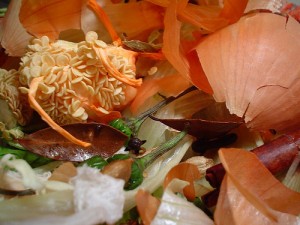 Photo: Shygantic
Photo: ShyganticPart One of a Copywriters’ Kitchen two-part series: Composting Myths and Facts
Think the ecological crisis is too big to tackle—that your little household has no impact on the environment? Think again.
By taking one simple step—composting your garbage—you can reduce landfill, cut greenhouse gas emissions, zap dangerous chemicals in soil and much more.
You don’t need a garden to compost. You don’t even need outdoor space.
And dig this: It’s all on account of worms.
The Big Apple now has worms in its kitchens
Today an increasing number of New Yorkers—busy people living in tiny apartments—compost. Urban composting is rising, thanks in large part to the Lower East Side Ecology Center (LESEC), an environmental non-profit organization founded in 1987.
At LESEC’s New York City Worm Composting Workshop on Saturday, January 24, 2009, the Copywriters’ Kitchen crew learned all about indoor composting.
After the workshop, we nabbed a LESEC Worm Condo kit, hurried home and set up the Condo in Copywriters’ Kitchen—in less than 20 minutes.
Now you can too.
Copywriters’ Kitchen unearths worm story ahead of The New York Times
FYI, The New York Times was on hand for LESEC’s Saturday event to be featured in the Times’ New York section.

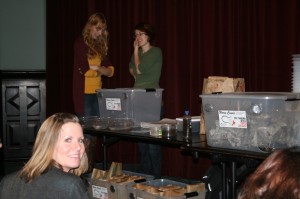
Likely you have questions and concerns about composting. Does it really make an environmental impact? Isn’t it a huge hassle? And, you know, what about worms? In your home? Let’s dig up (sorry) some composting myths and facts: Myth: Composting doesn’t have much impact on the environment. For more detailed information on composting benefits, go here and here. Myth: Composting smells stinky. Myth: Composting is difficult and time consuming. Myth: It’s expensive to compost indoors. Myth: You have to touch worms a lot in order to compost indoors. Explore the Lower East Side Ecology Center (LESEC) website Visit LESEC at the Union Square Green Market Composting Stand Tomorrow: Check back and learn how to make your ownWorm Condo with Part Two of Turn Your Garbage into Gold: Urban Worm Composting Made Easy, Worm Composting in 7 Simple Steps
Fact: Composting provides many tangible ecological benefits. Composting…
Fact: Composting is odorless when implemented properly.
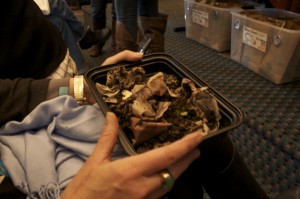
Myth: You need a yard to compost.
Fact: Nope. All you need is 1½ square feet of space. It can be a kitchen, closet or cabinet indoors.
Fact: Composting is easy, fast and fun. We set up a Worm Condo in the Copywriters’ Kitchen in minutes. You can make a worm bin from scratch in half an hour. After that you just dump in scraps.
Fact: Composting set-up costs next to nothing. You can buy LESEC’s all-inclusive Worm Condo Kit for just $55—and even less when you attend one of their free workshops. Uber-frugal composters: You can save big bucks when you make your own bin and buy bargain-priced worms from LESEC. For complete purchasing information and instructions, see More composting resources, below.
Fact: You rarely touch worms. When you buy the worms they come in a bag or package mixed with compost, see photo, below. After you set up the bin, you can gingerly sprinkle the worms/compost without touching the worms. You add scraps and organic garbage by lifting up the fluffy damp newspaper strips that make up the bin bedding. In the beginning, worms hang out at the bottom of the bin—out of sight, mind and touch. Later, you can scoop compost with a trowel or spoon to make room for scraps.
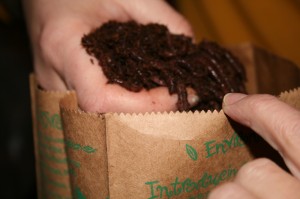
More composting resources
North Plaza, Union Square Park
17th Street and Park Avenue South
Year-round: Monday, Wednesday, Friday, and Saturday from 8am to 5pm
At LESEC’s Union Square stand you can:
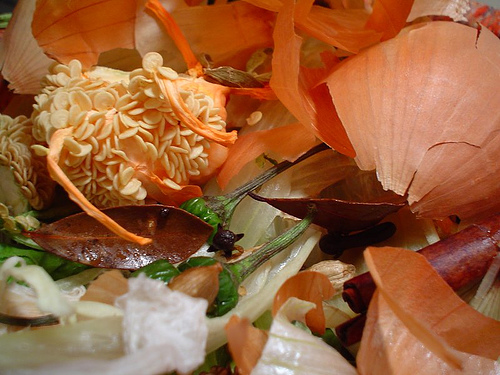


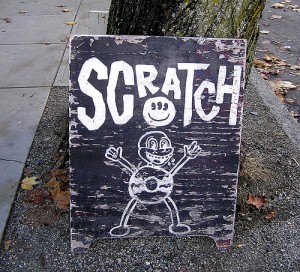
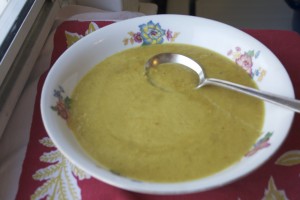


Thank you for debunking the indoor composting myths that even I, a composting fan, had believed. As much as it pained me to throw away organic materials, the idea of stinky compost and worms inside just grossed me out. What you’ve laid out here seems manageable, and I just might try it. Hope other people do, too. Composting just makes sense. The City of San Francisco actually picks up compost along with the trash, but this trend hasn’t hit Jackson, Mississippi….yet.
Could you link to Part 2 at the bottom of this post? I want to pass it on, and folks will be curious about the how-to.
Hi Melia:
Like you, I was eager to compost but procrastinated for years because I have a small kitchen–and virtually no garden.
I had heard of worm composting, but was squeamish.
As you can tell, I’m a now true believer–and not because I’m any less squeamish about worms. The truth is, I never have to see the little wigglers.
And after three months, I have yet to smell rotting organic matter–or anything at all.
Hope you give composting a try.
And yes, I will link to Part II right now. Sorry for the oversight.
I’m doing an article on a local organic garden and hung out with the coordinator yesterday. He said that the newspaper inhibits the smell of compost, which I didn’t know. As you said, it’s all about doing it the right way, with the right ingredients.
My partner, Darren, logged onto your site right away to look into ordering a ready-made kit, so we’re on the path! $55 for bucket, worms, and all is a great deal.
Thanks! I realized that the “Next post” at the bottom points to Part II as well, so bases covered.
The kit is the way to go, IMHO. And sales benefit a great green organization–the Lower East Side Ecology Center.
I am ordering a second kit soon–we have 4-5 in our family (1 child in college–but he eats a lot when he comes home!) and we eat a ton of vegies.
Looking forward to hearing how your composting turns out.